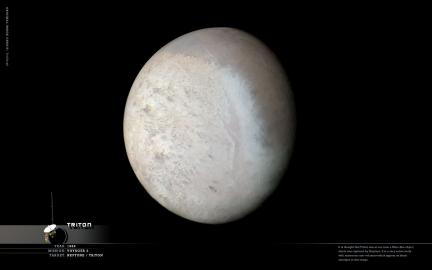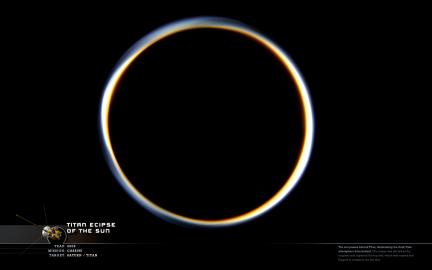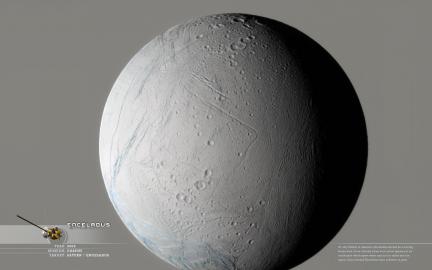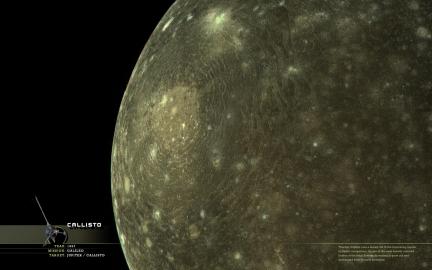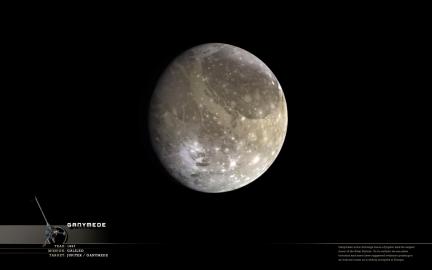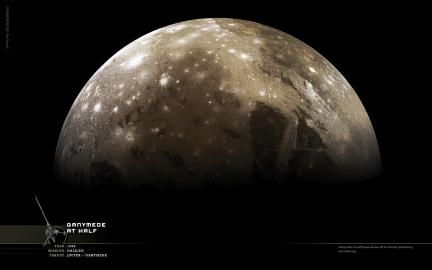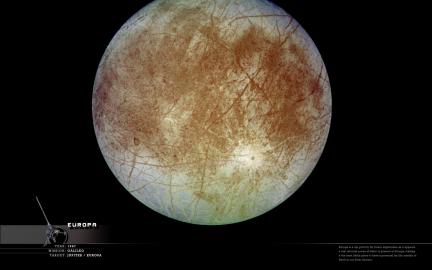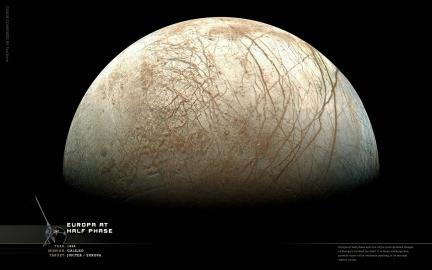

During the cold-war between America and the Soviets the real race was to the moon, but once that race was won a lesser race began to see who would master Mars exploration. After an unbelievably long series of failed Soviet missions to Mars — America managed to take the lead position in Mars exploration as well, with the Mariner and Viking missions. So the Soviets turned their eyes to our other neighbor, Venus, which seemed to garner very little attention from America apart from a few flyby missions. The Russians had Venus all to themselves and really didn't have to be too concerned with anyone beating them to the punch.
So during the early 70’s the Soviets managed to be quite successful with multiple Venera missions to Venus which included various flybys, orbiters, radar mapping of the surface and even multiple landings on the surface. Some of the missions had failed, but most completed their missions and we have the above color images to prove it. Recently though, I stumbled across these projections of the above images which I have never seen before.
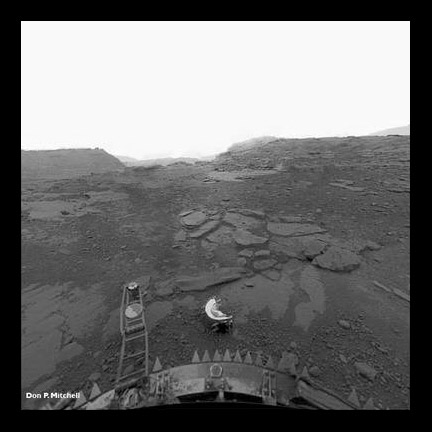
Someone who knows about such things, Don P. Mitchell (see more on his blog mentallandscape.com) had returned to the original data sent to us by the Venera spacecraft from over 30 years ago and with new computing techniques, managed to reveal to us Venus anew. Instead of just looking at some stones and tiny hints at what a Venusian sky might look like, these projections show what it might actually look like walking on the surface of Venus. The main part of the image above is a composite from spherical projections, which are seen at the top-right, remapped to perspective projections. The way the projection works is the closer you get to the very center of the image, the less accurate the representation may be. However, there is evidence in the data to assume most of what you see here even at the very center where the data was at most thin, is still fairly accurate.
Unfortunately the new projection images were only in black and white and i really missed what seemed to be really fascinating color from the original Venera images… so I tried to colorize it to match the originals.
This interpretation is artistic and not based upon any data other than looking at the original images and trying to assume some of those colors back into Don’s black and white image.
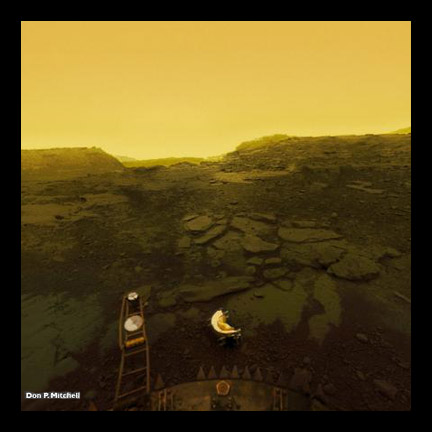
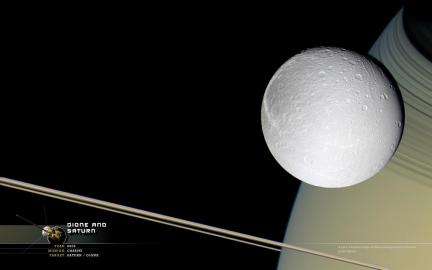 Dione’s most notable features are the wispy streaks which are seen here in the upper left-hand side. These have been determined to be “ice cliffs” and are now thought to reveal tectonic fractures just like those known on Earth to cause earthquakes.
Dione’s most notable features are the wispy streaks which are seen here in the upper left-hand side. These have been determined to be “ice cliffs” and are now thought to reveal tectonic fractures just like those known on Earth to cause earthquakes.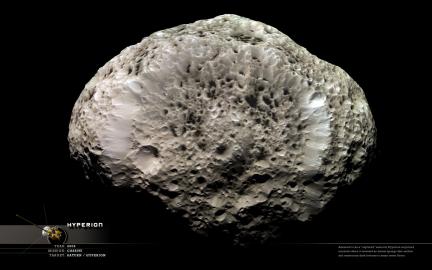
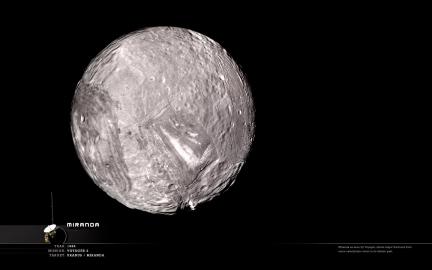
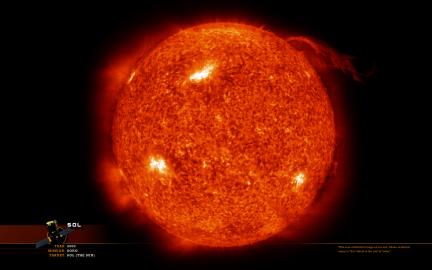
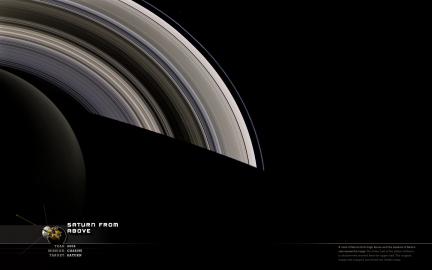

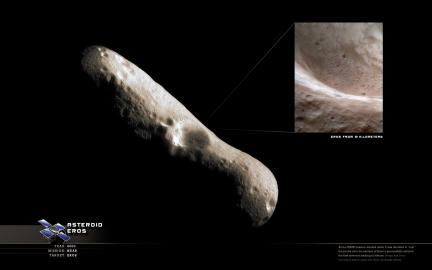
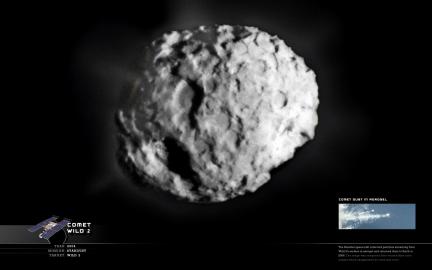
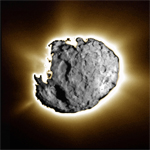 The wallpaper image itself has been greatly reverse manipulated. The most common image from this mission to be found in any publication, or by doing a Google search, is the one seen at left. This image is obviously enhanced and most notably in the edges on the upper left, look absolutely fake. However, what looks like glowing light around this image is based upon data actually captured by the Stardust cameras of dust and gas flowing from Wild 2’s surface. So it was possible to go back to the original nucleus image, re-mask it and then re-apply the jet streams and coma information in a more realistic way… which is what I did. An image is also provided in the wallpaper of what a small segment of the aerogel and a small cometary dust particle looks like. This aerogel is the lightest solid ever created and its invention is what made the Stardust mission even possible. The blast markings are, for the most part, only impact marks left in the aerogel. Look carefully and you will see tiny white particles at the far end of these blast marks which are pieces of comet Wild 2 itself returned to us here on Earth. Probably the most pristine bits of material ever obtained by mankind from what is considered to be left overs from the earliest days of the formation of the solar system.
The wallpaper image itself has been greatly reverse manipulated. The most common image from this mission to be found in any publication, or by doing a Google search, is the one seen at left. This image is obviously enhanced and most notably in the edges on the upper left, look absolutely fake. However, what looks like glowing light around this image is based upon data actually captured by the Stardust cameras of dust and gas flowing from Wild 2’s surface. So it was possible to go back to the original nucleus image, re-mask it and then re-apply the jet streams and coma information in a more realistic way… which is what I did. An image is also provided in the wallpaper of what a small segment of the aerogel and a small cometary dust particle looks like. This aerogel is the lightest solid ever created and its invention is what made the Stardust mission even possible. The blast markings are, for the most part, only impact marks left in the aerogel. Look carefully and you will see tiny white particles at the far end of these blast marks which are pieces of comet Wild 2 itself returned to us here on Earth. Probably the most pristine bits of material ever obtained by mankind from what is considered to be left overs from the earliest days of the formation of the solar system.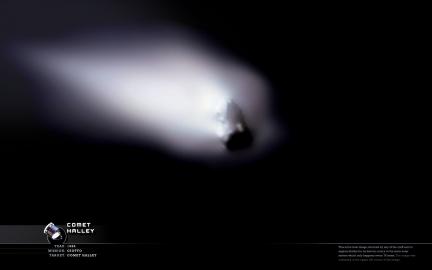
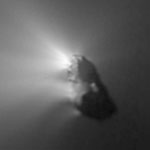 The one that returned the best images was the European Giotto probe which got in pretty close and returned the above image.
The one that returned the best images was the European Giotto probe which got in pretty close and returned the above image.



